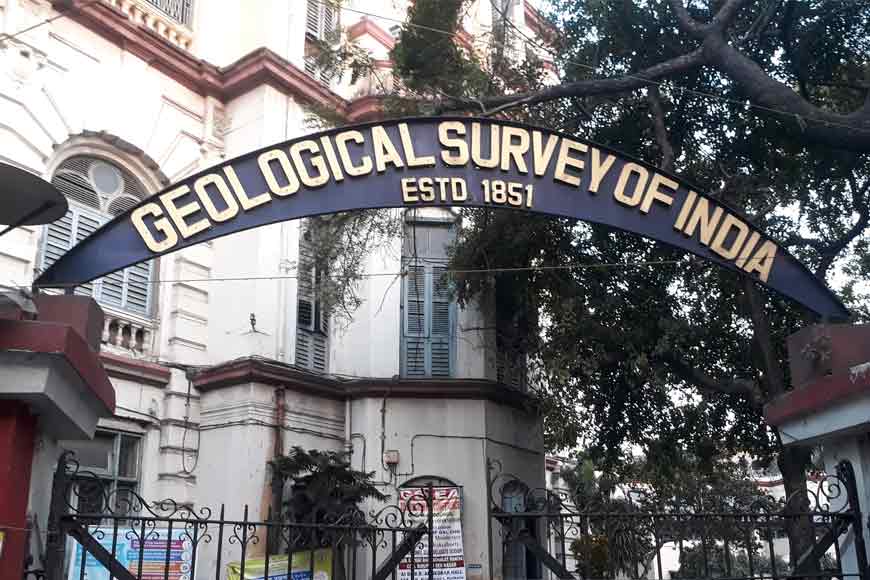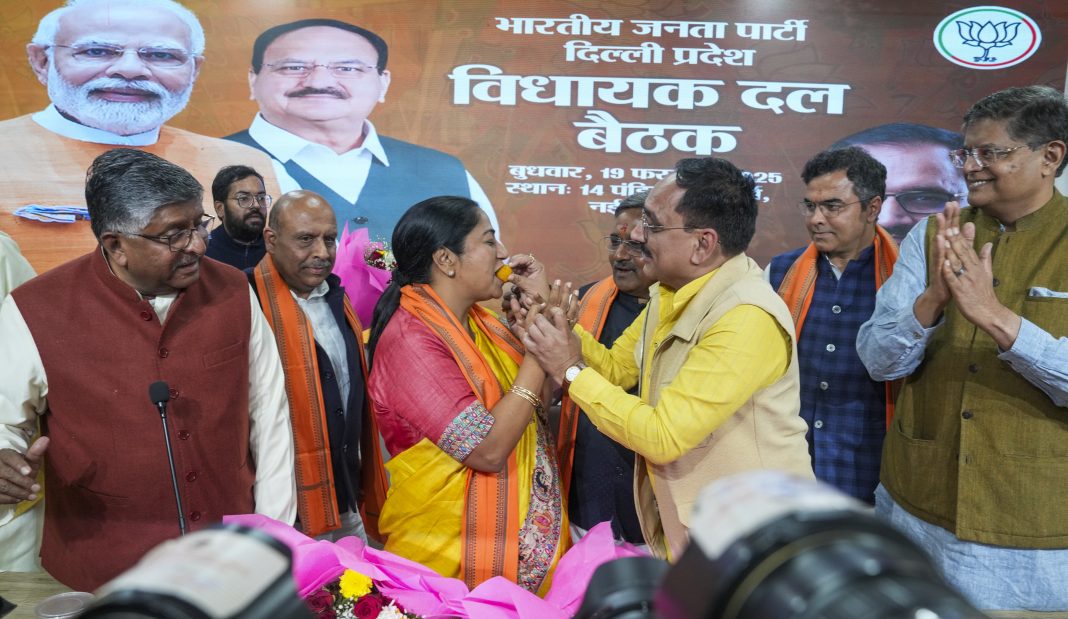Guwahati, Feb 20: A reconnaissance survey for gold and associated mineralization is set to be conducted in the northern part of the Mawkynrew area, covering East Khasi and West Jaintia Hills Districts, Meghalaya, for 2024-2025. The Geological Survey of India (GSI) aims to identify potential gold zones based on promising geological indicators from previous studies.
Searching for gold in the Indian context is of prime importance, but it is present in a meagre amount in Northern states. The GSI says the geological conditions in the Mawkynrew area of Meghalaya are favourable for gold deposits and have been supported by findings from previous exploratory work in the 2019-20 study, particularly in the Mawpyut Block, Meghalaya.
The Sung Valley Ultramafic-Alkaline Carbonatite Complex (SUACC), a significant geological feature, has shown potential for mineral deposits. Earlier studies in the Mawpyut Block revealed anomalous values of gold and other minerals, prompting further exploration in Mawkynrew. The area is known for its ultramafic rocks, gabbroic formations, and mineral-rich stream sediments.
A reconnaissance survey is a preliminary examination of an area to gather information before more detailed work begins. It’s also known as a “recce survey” or “preliminary survey.
The survey will involve large-scale geological mapping, systematic sampling of bedrock and stream sediments, and panning to detect gold grains. Pitting and trenching will help establish the continuity of mineralized zones. Heavy mineral studies will be conducted to analyze the provenance of gold and associated mineralization. Additionally, geophysical studies such as gravity and magnetic surveys will be undertaken to detect subsurface mineralized structures.
Previous research has indicated the presence of gold in native form within silicate phases, and similar geological settings in the northern part of Mawkynrew suggest a high potential for mineralization. The study will focus on delineating mafic-ultramafic litho units, particularly gabbroic rocks, which could be host formations for gold deposits. The project will also involve petrographic and geochemical analyses to further refine exploration targets. No reserved forest has been located in the study area.
The outcome of the project will determine mineralized blocks for future exploration, paving the way for more advanced exploration stages. This initiative aligns with India’s broader efforts to assess and develop its mineral resources, particularly in the northeastern states where gold deposits are relatively unexplored. Necessary permissions from local authorities will be obtained before fieldwork begins, ensuring compliance with environmental and administrative regulations.
This study represents a step forward in unlocking Meghalaya’s mineral potential and contributing to India’s strategic mineral resource development.




